Service hotline
+86 0755-83975897
 en
en Release date:2025-04-02Author source:KinghelmViews:604
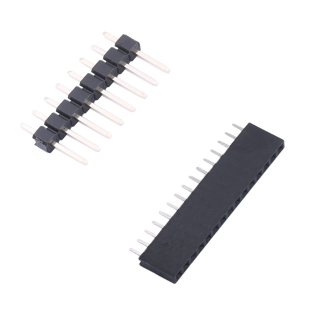
Electrical connectors are the unsung heroes of modern electronics, ensuring safe power delivery to devices. Among the most common types are 2-pin and 3-pin connectors, but their differences often confuse consumers. While 2-pin connectors dominate small appliances, 3-pin variants are essential for high-power devices. This guide breaks down their design, functionality, safety features, and ideal use cases to help you make informed decisions.
1. Core Structural Differences
The number of pins directly correlates with functionality:
● 2-Pin Connectors:
○ Live (Phase) and Neutral wires only.
○ No grounding (earth) pin.
○ Common in low-power devices (e.g., lamps, phone chargers).
● 3-Pin Connectors:
○ Live, Neutral, and Ground (Earth) wires.
○ The third pin redirects excess current to the ground, preventing electric shocks.
○ Mandatory for high-power appliances (e.g., refrigerators, air conditioners).
Visual Comparison:
| Feature | 2-Pin Connector | 3-Pin Connector |
|---|---|---|
| Pins | 2 (Live + Neutral) | 3 (Live + Neutral + Earth) |
| Grounding | No | Yes |
| Voltage Handling | Up to 250V | Up to 400V+ |
| Typical Use | Low-risk devices | High-power, metal-body devices |
The presence of a grounding pin in 3-pin connectors significantly enhances safety:
● 2-Pin Risks:
○ No protection against electrical leakage.
○ Unsafe for devices with exposed metal parts (risk of electric shock).
○ Banned for high-power appliances in many countries (e.g., EU, UK).
● 3-Pin Advantages:
○ Grounding prevents shocks by diverting excess current.
○ Complies with IEC 60320 standards for heavy-duty appliances.
○ Reduces fire risks from short circuits.
Did You Know?
In regions like India and the UK, 3-pin plugs are legally required for devices exceeding 5A current or 230V voltage.
● 2-Pin Connectors:
○ Small electronics (table lamps, phone adapters, radios).
○ Double-insulated devices (plastic casing with no exposed metal).
○ Travel-friendly designs (e.g., Type A/B plugs in North America).
● 3-Pin Connectors:
○ High-power appliances (washing machines, microwaves, PCs).
○ Industrial equipment requiring stable grounding.
○ Regions with strict electrical codes (Europe, Australia, GCC countries).
● North America:
○ 2-pin (Type A/B) for 120V devices.
○ 3-pin (Type B) for 240V appliances (e.g., dryers).
● Europe/UK:
○ 3-pin (Type G) standard for all devices.
○ 2-pin (Type C) limited to low-power, double-insulated gadgets.
● India:
○ IS 1293-certified 3-pin plugs mandatory for most home appliances.
Follow these guidelines:
1. Check Device Power Requirements:
○ Use 2-pin for devices under 5A/250V (e.g., LED lights).
○ Opt for 3-pin if the device exceeds 5A, has metal parts, or requires grounding.
2. Prioritize Safety Standards:
○ Never bypass a 3-pin plug’s grounding pin.
○ Verify certifications (e.g., UL, CE, IEC) for compliance.
3. Consider Regional Regulations:
○ Use adapters with built-in grounding for international travel.
Q: Can I convert a 3-pin plug to 2-pin?
A: Only if the device is double-insulated and operates under 250V. Otherwise, it’s unsafe and violates electrical codes.
Q: Why do chargers use 2-pin connectors?
A: Most chargers are low-power (5V-20V) and have non-conductive casings, eliminating the need for grounding.
Q: Are 3-pin connectors more expensive?
A: Marginally, due to added materials and safety testing. However, the cost is negligible compared to risk mitigation.
Choosing between 2-pin and 3-pin connectors isn’t just about compatibility—it’s a critical safety decision. While 2-pin designs suffice for low-risk electronics, 3-pin connectors are non-negotiable for heavy-duty appliances. Always prioritize certified products and adhere to local regulations to prevent hazards and ensure optimal device performance.

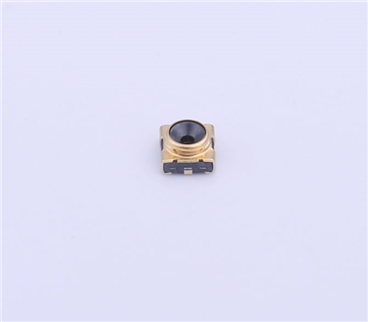
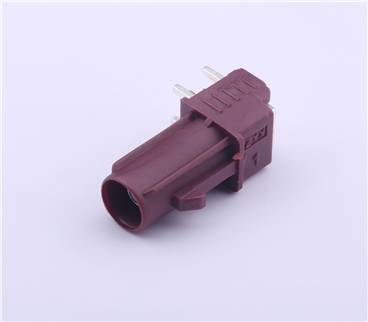
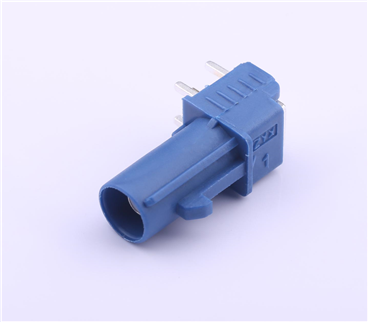
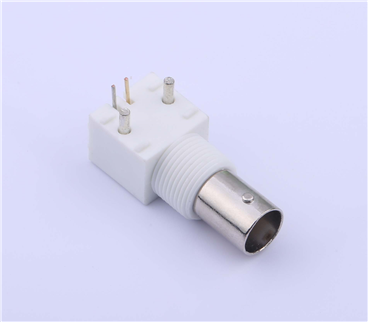
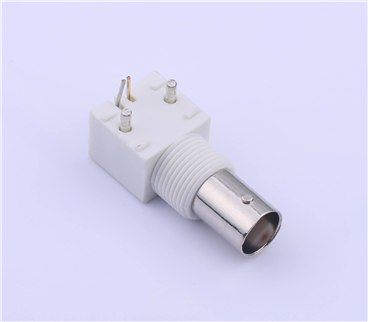
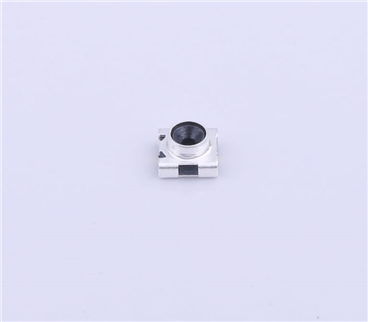
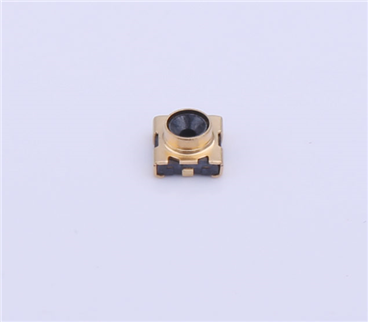
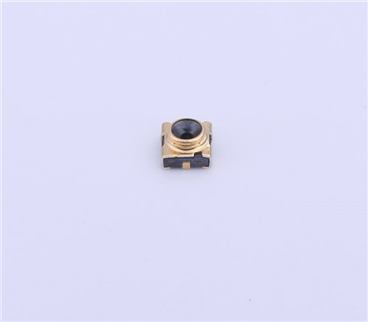
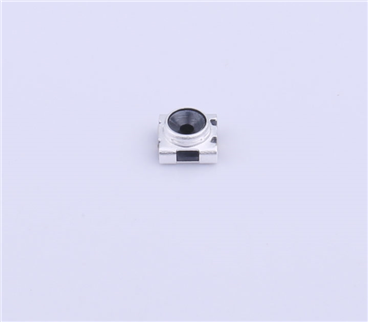
Copyright © Shenzhen Kinghelm Electronics Co., Ltd. all rights reservedYue ICP Bei No. 17113853
